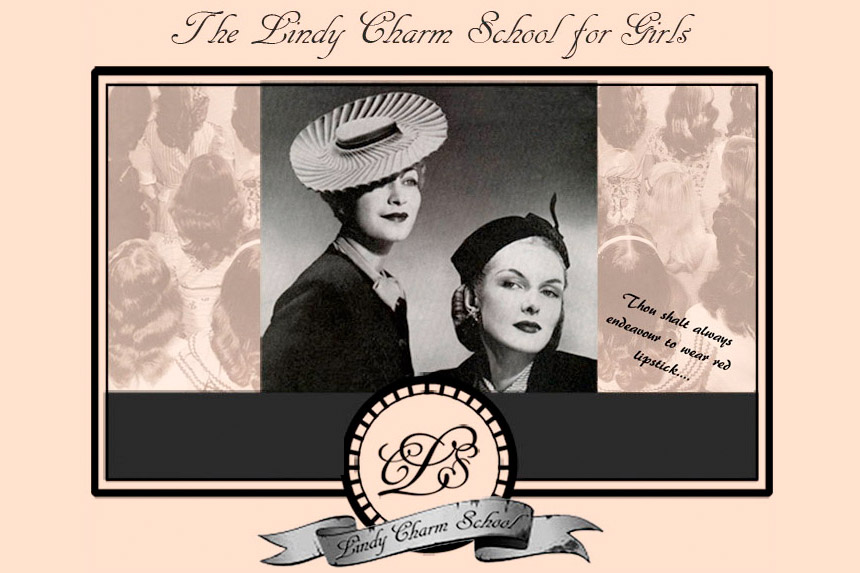Master Charming is scheduled to do my Hair tonight…. Yes I need my roots done and not that its necessarily polite etiquette to discuss these matters, nonetheless it had me thinking what is the history of this product “Wella/Koleston” I have been using to color my hair for the past 10 years. I did some research and was amazed at its history so I thought I’d share the snapshot timeline of the most famous of hair coloring and perming products:
1880 a 26 year old hairdresser Franz Stroher starts his own business. He makes wigs and hairpieces that adorn the heads of the fashion conscious of the time.
1920’s Franz’s sons apply for license to develop a hair product to give the hair permanent waves. The name Wella was born derives from the German language meaning Wave.
1930’s Due to all women wanting permanent waves now the company develops and releases the Wella Junior, the first portable permer.
1940’s Recovering from war and post war, rebuilding business
1950’s The introduction of Koleston, the first luster cream color that nourishes hair. Company also starts trading in Australia.
It goes on with many more new and innovative products that are still around today. Nice to know they are professionals with a long history.
DRY Shampooing – Tips, trick & recipes::
OK, so we’ve touched on the need to wash your hair less in classes and mentioned trying Dry Shampooing in between washes…. So here is a few tips and some do’s and don’ts courtesy of the wonderhowto.com website:
The typical shampoo works by removing sebum (hair's natural oil) and all the dirt, styling products and scalp flakes that are stuck to it. Dry shampoo absorbs sebum (rather than rinsing it away) and is brushed out, leaving your hair cleaner and lighter.
Step 1: Choose a dry shampoo. You can purchase a commercial spray-on product or improvise by looking in your kitchen cabinets. Mixing a fine ingredient with a coarse one can increase the shampoo's effectiveness. Some of your options are:
· ground grains - corn meal, ground oatmeal, semolina flour, cornstarch
· talc (talcum powder)
· orrisroot powder (popular fragrance preservative) - very fine, may be difficult to remove from hair completely
· large grain salt - can cling to very oily hair
· dry clay
· baking soda - to minimize any odors – (This is what I use!)
Step 2: Brush your hair. Make sure there are no tangles.
Step 3: Apply the dry shampoo. This might get messy, so do it over the sink or be ready to sweep or vacuum when you're done. Add about a tablespoon of the shampoo to the top of your head and massage it throughout your scalp. Then brush your hair so the dry shampoo is distributed throughout your hair (as well as on the scalp), adding more as needed.
Step 4: Wait. 5-10 minutes should be long enough for the dry shampoo to absorb the sebum in your hair. If you have particularly oily hair, it may take a little longer.
Step 5: Brush the shampoo out of your hair. Turn your head upside down and brush out all of the powder. You can use a hair dryer to help the process along (Try doing the Brushing hair while you exercise as below to make it more interesting)
Tips
· To make scented dry shampoo, mix it with dried flowers or herbs (e.g. roses, lavender, hibiscus, violets, mint) in a jar, close the lid, and set in a dark cupboard for 2-4 weeks. The scent will mix with the dry shampoo so that when you use it, your hair will smell good.
· If you don't have much time, you can use dry shampoo only on the greasiest parts of your hair.
· Carry a small jar of dry shampoo with you if you can foresee ever needing it.
Warnings
· This should not be done on hair that tends to be naturally dry. It won't get that dirty to begin with, since sebum is what makes your hair dirty, and dry shampoo won't have anything to absorb.
· If your hair gets frizzy, be prepared with a few drops of oil (jojoba, Vitamin E, even vegetable) to tame it down after using dry shampoo.
· Don't mix essential oils with your dry shampoo. They may smell good, but the powder needs to absorb the oil in your hair, not the essential oils.









